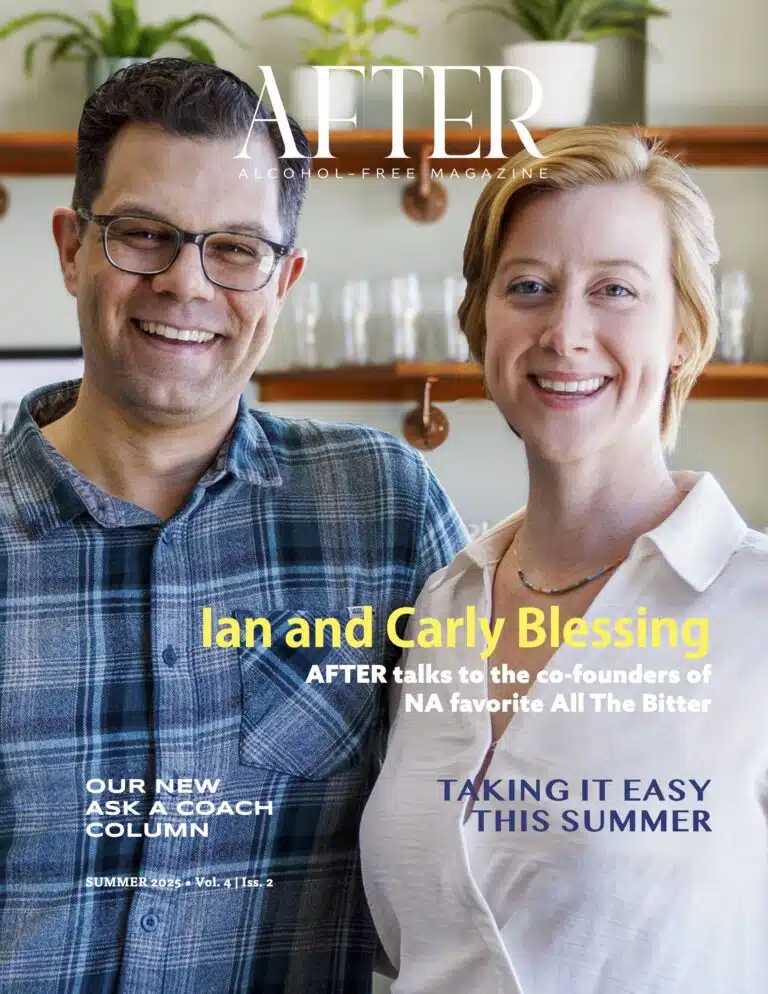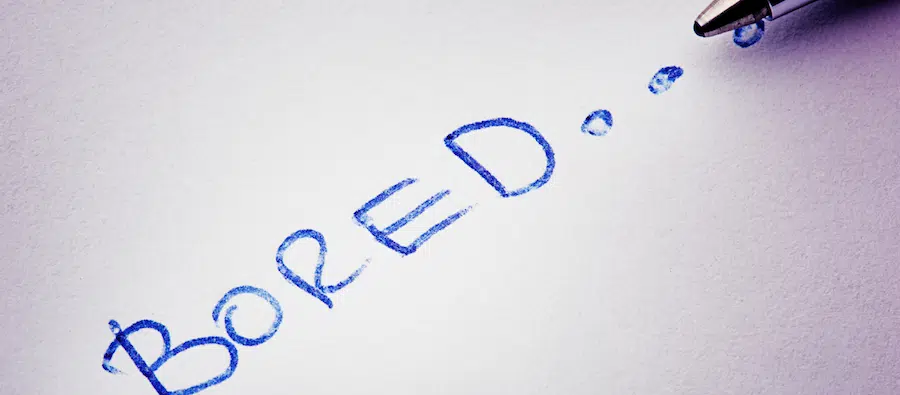If you’re reading AFTER, chances are you’re familiar with, have participated in, or are curious about Dry January. The annual month-long abstinence campaign officially began in 2013, when business leader Emily Robinson joined British charity Alcohol Concern, bringing with her the idea of abstaining from alcohol for the 31 days of January. The idea was styled on the Finnish Raitis Tammikuu (Sober January) of 1942—an effort to stay steadfast and ration grains in the face of World War II—but took on a life of its own as part of this timely British campaign for social change. The Dry January concept grew steadily over the next decade, amounting to a record 1 in 5 adults participating in 2022. While the Dry January campaign is relatively new, the tradition of eschewing alcohol, as well as the rapidly-expanding alcohol-free beverage industry that has sprung up around it, is the resurgence of a larger global dry movement centuries in the making. A long history of trailblazers have challenged social drinking habits in the fight for clear heads and higher purposes.
By the time American colonies declared independence from England in 1776, Founding Fathers like George Washington, John Adams, and Thomas Jefferson were known to start each morning with a drink. Grog houses, taverns, and pubs were gathering places for after- hours discussions of politics and community business. The largely Christian nation also imbibed Communion wine each Sunday during Mass. Per person alcohol consumption grew in the late 18th and early 19th centuries, hitting a peak of 7.1 gallons per year.

Welcome to our beautiful AF world!
Subscriptions starting at $3.99/mo

Dr. Benjamin Rush and Benjamin Franklin worried alcohol was destroying citizens’ moral characters, thereby jeopardizing the young country. Rush’s 1784 pamphlet titled An Inquiry into the Effects of Ardent Spirits on the Human Mind and Body argued that distilled spirits “impair the memory, debilitate the understanding, and pervert the moral faculties. They produce not only falsehood, but fraud, theft, uncleanliness, and murder.” Benjamin Franklin echoed these concerns in his autobiography. He outlined 13 virtues for moral perfection, beginning with temperance. “Eat not to dullness; drink not to elevation,” he argued, because abstinence from gluttony and intoxication allowed for the cultivation of the clear mind that was necessary for a virtuous life. Rush and Franklin were among the first to question alcohol’s role in everyday life.
The Washingtonian Temperance Society (WTS) went on to spread that message nationally. On April 5, 1840 six reformed drunkards founded the group in Baltimore, Maryland. They took exception to the way evangelical preachers damned alcoholics and excluded them from church. Washingtonians believed that alcoholics had the potential to live healthy, peaceful, useful, respectable, and prosperous lives if they were shown compassion. WTS chapters sprang up in major cities across the United States within the next five years. Though the organization fizzled by 1850, they helped tens of thousands of people. Washingtonians also lay the groundwork for the creation of for Alcoholics Anonymous (AA), founded in Akron, Ohio, 85 years later, and influenced the dry movement for years to come.
Between 1869 and 1906, freedom from alcohol became a commercial concern. Thomas Welch, a devout Methodist and temperance advocate, invented his signature grape juice as an alternative to Communion wine. Wine is made from grapes that go through fermentation, the metabolic process through which carbohydrates like starch and sugar are broken down and converted into gases, acids, or alcohol. Grape juice is made from unfermented grapes and contains a higher level of sugar. Charles, Thomas’s son, saw the mass-market potential of unfermented grape juice. He began advertising Welch’s as the United States’ “National Drink” to be served by the modern hostess surrounding herself with respectable people, a campaign that exploited Victorian ideas of proper femininity. Leaders of the women’s movement, however, fought for a dry society on their own terms.
In 1874, the Woman’s Christian Temperance Union (WCTU) was founded. It established a “Department of Unfermented Wine” (DUW), advocating for nonalcoholic Communion wine along the same lines as Welch’s. However, the DUW soon expanded, creating its “Department of Non-Alcoholic Fruit Products” with the mission of promoting nonalcoholic beverages to the public and urging fruit growers to produce more unfermented products. It collaborated with state and local agricultural unions to share recipes and publicize the danger of fermented drinks in media outlets across the country. The WCTU was a leading voice in the alcohol-free movement until 1920, when the fight for dryness took a legislative turn.
The 18th Amendment to the U.S. Constitution was ratified on January 16, 1919. Manufacturing, selling, and transporting alcoholic beverages was made illegal one year later. This national ban on alcohol was unprecedented in the 20th century. While Finland’s Raitis Tammikuu lasted only one year and remains a footnote in dry history, Prohibition in the United States had a much bigger impact. The law stood until the 21st Amendment repealed it in 1933. Most Americans celebrated its repeal with happy hours, but the reinvigorated WCTU reacted by creating the nonalcoholic “Hour of Social Freedom” and by promoting unfermented “fruit fiestas” known as fruestas. Though the Woman’s Christian Temperance Union waned from public view in the latter half of the century, it remains active today.
The next time a national conversation about alcohol regulations popped up was 1990. The United States’ two biggest beer distributors, Anheuser-Busch and Miller Brewing Company, had been battling for dominance in the traditional beer market since the 1850s, but this time the battle was for nonalcoholic beer supremacy. Anheuser-Busch started promoting their O’Doul’s NA beer and while Miller was touting their own brand, Sharp’s. The Los Angeles Times’ Patrick Lee estimated the two companies’ combined advertising budgets for these two products to be $18 to $22 million—far less than the $30 million Heineken devoted to its 0.0 campaign during Dry January 2022, but enough to get the attention of the National Council on Alcoholism who argued that advertising for nonalcoholic products with 0.4% ABV still posed health risks. While the United States wrestled with tighter advertising regulations, the UK continued to address the links between alcohol and health through policy changes.
Alcohol Concern was founded in 1984 with the goal of reducing the mental and physical harm of alcohol through evidence-based research and education. It joined 23 other member organizations to form the UK Alcohol Health Alliance in 2007. Six years later, Alcohol Concern partnered with Emily Robinson to launch the first official Dry January, a term first used in print by Seattle Times journalist Nicole Brodeur. The campaign was so successful that, in 2017, Alcohol Concern expanded its mission by merging with Alcohol Research UK to form Alcohol Change UK, devoting itself to “five key changes: improved knowledge, better policies and regulation, shifted cultural norms, improved drinking behaviors, and more and better support and treatment.” A natural outgrowth was the launch of the organization’s Try Dry app for iOS and Android users, a helpful tool for navigating Dry January. A University of Sussex study found that 70% of those who either use the app or subscribed to Alcohol Change UK emails continued to drink more responsibly into August.
Then came January 2021, the most polarizing year in Dry January’s short history. The American Psychological Association found that nearly 1 in 4 adults surveyed reported drinking more alcohol to cope with the stress of COVID. This was especially true among adults with children. Harvard Health found consumption rates increased among women in general. Concurrently, the Society for the Study of Addiction reported that 130,000 people in the UK took the dry pledge in 2021, an all-time high, and by January 2022 one in five adults worldwide participated.
These conflicting data illustrate the ongoing struggles that have played out over the centuries as society figures out what it means to drink–or to not drink—alcohol; questions that continue to this day. Current-day Dry January derives from centuries worth of personal and spiritual conviction, market disruption, and a collective vision for a better society and individual growth. If you step into the challenge this year, what will be waiting for you on the other side?
-
Christopher Rzigalinski is a writer, cultural historian, educator, and performance coach. He works to revitalize individuals, teams, and communities through empowering strategies for holistic change, and has worked with organizations including Rutgers University, Yoga Alliance, Reimagine, the Covid Grief Network, Umoja Events' Juneteenth Festival, and CourseHorse to lead personal development and team-building events. Christopher's writing appears in Embodied Philosphy's Tarka, the Fashion Studies Journal, Cinephellas.com, and other platforms. Contact Chris @working.definitions.culture on IG or at working.definitions.culture@gmail.com.



